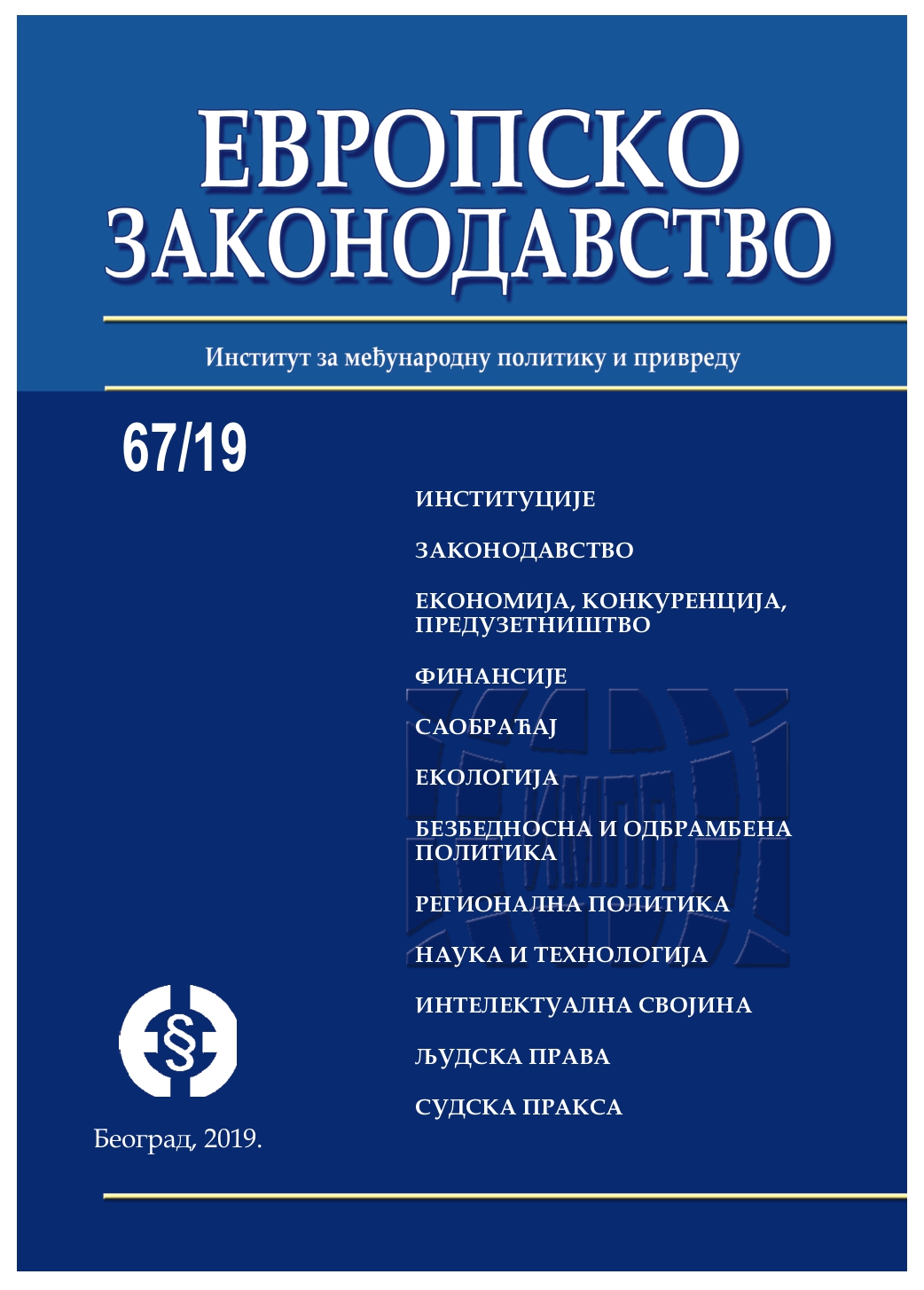Европско законодавство о мултимодалном транспорту
European legislation on multimodal transport
Author(s): Iris Bjelica VlajićSubject(s): Law, Constitution, Jurisprudence, EU-Legislation
Published by: Институт за међународну политику и привреду
Keywords: Multi-modal transport;European legislation;trans-European transport network;connectivity
Summary/Abstract: This paper is written to present the concept and specifics of multi-modal transport, and the importance it has for the EU and neighbouring countries. Different scientific methods have been used during the research, of which the most significant are the historical method and method of content analysis. Sea freight transport has existed since ancient times. By developing a steam engine, the water bearing transport of goods has become faster and safer and increased the load and power of ships, resulting in the possibility of transporting more goods. Over time, the specialization of ships for different types of cargo has arrived reducing the impact of natural conditions on the flow of travel and the cost of shrinking. However, sometimes only the use of waterways is not enough. The advantage of multi-modal transport is lower energy consumption and lower transport costs. The Trans European Transport Network envisages the development, improvement and maintenance of the existing transport infrastructure or the increase of the existing capacity of this infrastructure. Although the Member States are still the main entities in charge of the creation and maintenance of transport infrastructure, other entities such as regional and local authorities, concessionaires or airport and port authorities, are becoming important for the improvement of the multi-modal transport network and related investments. Cooperation with neighbouring and third countries is necessary to ensure inter-connectivity and interoperability between individual infrastructure networks. Therefore, the Union should support projects of common interest with those countries, and countries in the neighbourhood of the Union have the opportunity to improve their own infrastructure and engage in modern transport flows using additional financial resources. It is about large investments in infrastructure projects, but also in the education of personnel that will be able to follow technological innovations. The position and geographical features of the Republic of Serbia enable inclusion in projects related to the construction of the multi-modal transport network and the connection with the network existing in the Union.
Journal: Европско законодавство
- Issue Year: 2019
- Issue No: 67
- Page Range: 140-152
- Page Count: 13
- Language: Serbian

